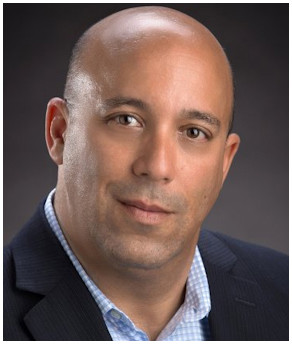Efforts to Improve Patient Safety Are Stalling Out

Consistency may be one of the most under-rated super powers. Think about the tremendous effort it takes to maintain an exercise schedule, a sleep routine, or a healthy diet. We know how important each of these practices is to our health and wellbeing, and yet how often we skip the workout, stay up too late, or have one more piece of cake. Our rationale may be sound, but each blip makes the next breakdown that much more likely.
Sadly, efforts to improve patient safety have also lacked consistency, a problem that Donald M. Berwick, M.D., M.P.P., pointed out in an editorial in The New England Journal of Medicine.
A Timeline
In 2000, the National Academy of Medicine (formerly the Institute of Medicine) published a report: “To Err is Human: Building a Safer Health System.” This report not only “estimated the number of lives lost to the consequences of error in health care to be 44,000 to 98,000 per year in hospitals alone” but also identified “shortcomings in patient safety as a public health threat.”
What followed the report’s release? An explosion of efforts that all targeted patient safety:
- National campaigns
- Research studies
- Training programs for patient safety personnel
- Changes in Medicare payments to incentivize safety
Although it is difficult to measure the effectiveness of these efforts, it is clear that some progress was made, at least in certain areas. For example, the focus on patient safety resulted in a significant reduction in hospital-acquired infections.
Fast forward to 2022, when Dr. David W. Bates and his team published their study about patient safety. Using many of the same methods of the 2000 report, the authors found that “at least one adverse event was identified in 23.6% of [hospital] admissions,” for starters. Of those adverse events, 22.7% of them were deemed preventable.
Berwick concluded that this data “does not suggest dramatic progress” in reducing patient harm. In fact, he posits that “the safety movement has, at best, stalled.”
Ramping Up Efforts to Improve Patient Safety
How can healthcare providers and hospital systems get back on track? Admittedly, it is no easy task, in part because of how hard it is to track patient safety.
However, Berwick asserts that strong leadership is essential for moving the needle. Setting goals and then staying focused on devising strategies to achieve those goals are critical first steps in the process to make patient safety a priority. Berwick reminds all of us that “’first do no harm’ remains a sacred obligation for all in health care, and success requires ‘constancy of purpose for improvement.’”
The Eisen Law Firm and Patient Safety
At The Eisen Law Firm, we have another idea: since leadership can “move the needle,” how about paying hospital executives in part based upon patient safety goals. Want a big bonus? Reduce the number of preventable injuries and deaths at your hospital! Instead of incentives based upon hospital revenue, make it about patient safety.
Until patient safety (not revenue generated) is the number one concern of hospitals and their executives, patients and their families will suffer and experience harm due to preventable errors. At the Eisen Law Firm, we have seen all kinds of preventable medical errors. And we understand that in order to keep the patient safety movement moving, we need advocates for the cause. That is one reason why Brian Eisen became a Board-Certified Patient Advocate.
If you or a loved one believe you have been the victim of a medical error in a hospital setting, do not hesitate to contact our experienced Cleveland malpractice lawyers to discuss your options for legal recourse and for obtaining the compensation you deserve. To schedule your free consultation, call 216-287-0900 or contact us online today.




